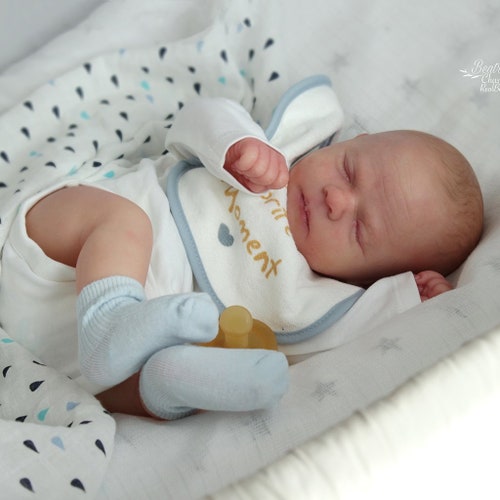
Febrile seizure
The subcortical origin of epilepsy has been a subject of debate and only the subcortical structures were given a role in the distribution, modulation and alteration of cortical activity. However, neurophysiological and neuroimaging studies of recent decades have provided enough information to confirm the onset of some epileptic seizures in subcortical structures. We present 4 pediatric patients with cerebellar lesions and refractory epilepsy, we reviewed the literature, analyzed the forms of presentation, the neurophysiological findings and long-term results with surgery.
The ketogenic diet is considered an effective and well-tolerated treatment for refractory epilepsy. Our work provides practical information on the use of the ketogenic diet, reviewing the classical indications and the new ones that allow to expand its use. We detail how to implement the diet, the medical controls in the follow-up and how to act in special situations, such as anesthesia or acute illness. We emphasize the importance of the work of the professionals of the different specialties and the family as a team, detailing the roles of each one in this interesting but laborious treatment.
Baby arches back
Palatal myoclonus is characterized by rhythmic movements of the soft palate. It is classified as essential when there is no responsible lesion, and symptomatic when associated with a structural lesion of the brainstem or cerebellum. In symptomatic cases, brain magnetic resonance imaging (MRI) shows hypertrophy of the superior bulbar olive [1,2].
Myotonic dystrophy type 1 (DM1) is an inherited muscle disorder that presents with muscle weakness and myotonic phenomenon. It may be associated with other systemic abnormalities, including brain involvement. Brain MRI of these patients frequently shows brain atrophy and white matter lesions [3,4].
We present a patient with diffuse white matter involvement who developed palatal myoclonus during her evolution. Despite the absence of myotonic phenomena, she was finally diagnosed with DM1.
Examination showed mild dysarthria, without other neurological signs. All laboratory tests were normal, including autoimmunity, serology, very long chain fatty acids and CADASIL genetic study. Cerebrospinal fluid examination was normal, and oligoclonal bands were negative. Cerebral magnetic resonance angiography and visual evoked potentials were also normal. He started treatment with acetylsalicylic acid. On follow-up there was a worsening of dysarthria, and horizontal nystagmus and hyperreflexia were noted. His gait was autonomous, and the Romberg was slightly unstable. Continuous palatal myoclonus was observed. A new brain MRI showed bilateral hypertrophy of the bulbar olives (Figure, b).
Lipofuscinosis type 2 treatment
The procedures developed were in accordance with the 2005 Unesco Universal Declaration of Human Rights and Bioethics, and the grandmother (guardian) signed an informed consent approved by the Interinstitutional Committee on Health Research Ethics (CIEIS-Córdoba, Argentina).
This work is part of the observational cohort study of the distribution of neuronal ceroid lipofuscinosis in the Argentine population. The diagnostic study of all patients incorporated into the Translational Research Program of Neuronal Ceroid Lipofuscinosis in Argentina was performed following the previously published algorithm [6]. Transmission electron microscopy and enzymatic assay methods were previously published [6-9].
Genomic DNA was isolated from peripheral blood using Wizard DNA Purification Kit (Promega, USA) following the product protocol. The coding region of the CLN8 gene was amplified by polymerase chain reaction (oligos available upon request). Sequencing was performed at the University of Chicago Comprehensive Cancer Centre (Chicago, USA) and at the Neurogenetic Diagnostic Laboratory of the Centre for Human Genetic Research, both on an Applied Biosystems 3730XL sequencer. All control sequences of the CLN8 gene, both human (RefSeq NM_018941, NP_061764) and from other species, were obtained from the Ensembl v. 90 database. DNA variants were excluded from 100 healthy individuals from the local population (samples kindly provided by the blood bank of the National University of Córdoba) using the program MEGA v. 5.05 [10] for alignments. Non-synonymous protein variants were validated as having pathological significance by evaluation with the programs SIFT [11], PolyPhen [12] and Mutation Taster. Non-coding variants were analyzed using the RESCUE-ESE program [13,14].
Lipofuscinosis type 7 treatment
West syndrome or infantile spasms syndrome is an epileptic encephalopathy of infancy, a serious but rare disease. It is characterized by three elements: epileptic spasms, psychomotor developmental delay and electroencephalogram hypsarrhythmia, although one of these may be absent.
Steroid therapy and the use of drugs are usually effective in the treatment of this disease when it is detected at an early age, but in general, it has a poor prognosis. The 90% of the cases present an important psychomotor delay, with motor limitations and autistic personality traits.
There are 3 main types of spasms: flexion (pitching or shrugging of the shoulders), extension (abrupt extension of the neck and trunk, with extension and abduction of all 4 limbs) and mixed.
In infants with West syndrome it is possible to detect psychomotor delay even before infantile spasms begin to occur. In this delay there are losses of acquired skills and neurological abnormalities.
